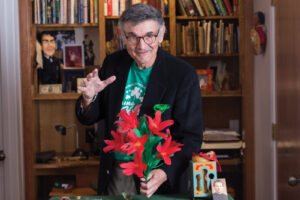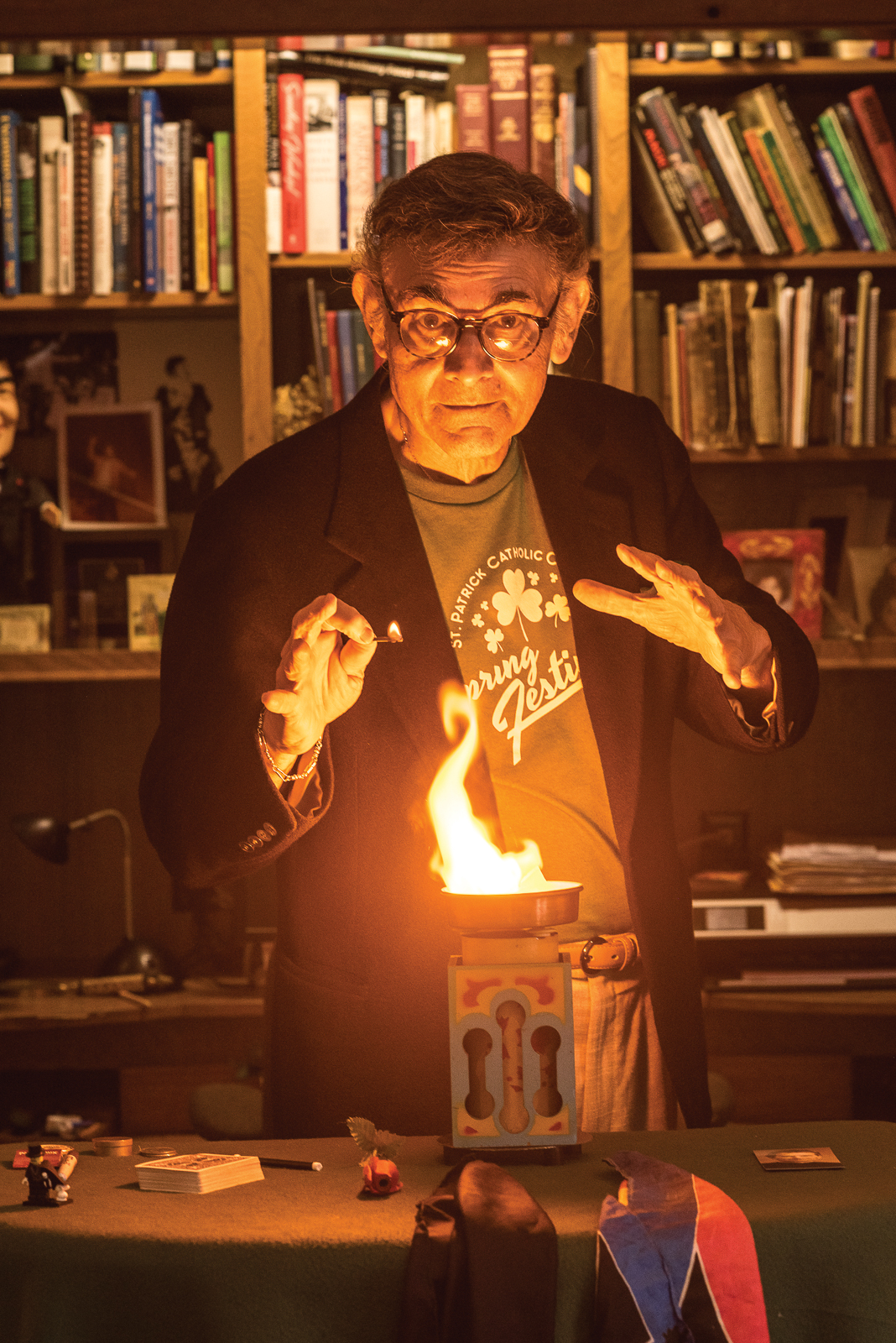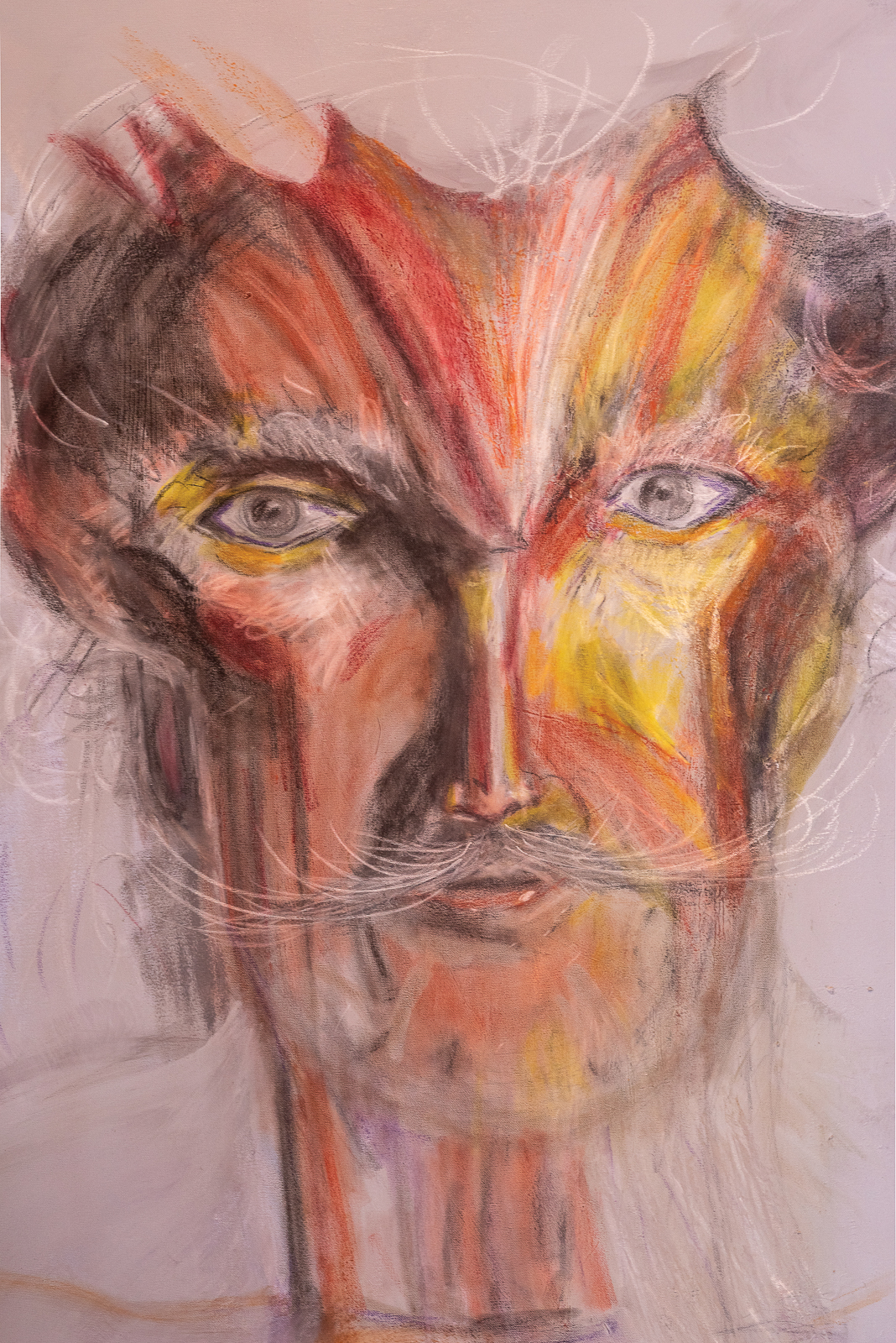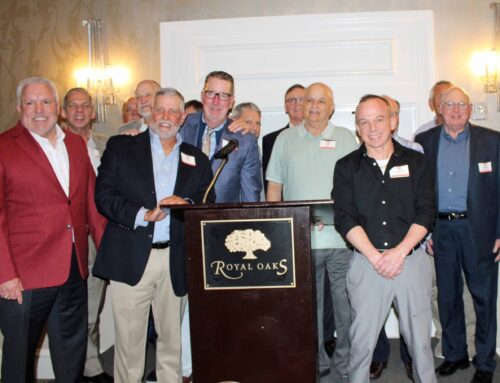
Al Raya lives a magical life. At a young age, he was captivated by sleight-of-hand illusions and parlor card tricks.
“One of my uncles pulled a quarter out of my ear, well that did it,” he says. “I wanted to be a magician.”
His father owned an Italian restaurant on Hollywood Boulevard when he was a child, a few blocks down from Burt Wheeler’s Magic Shop. Raya described the shop as a haven for the world’s most famous magicians at the time and recalls spending his formative years around them and becoming fascinated with their craft.
“They would have me run down to the restaurant and get them meatball sandwiches,” he says. “When I got back they would show me tricks.”
Raya’s most meaningful interaction with a magician came with Harry Blackstone Sr.
Blackstone made his name during World War II, entertaining troops at USO events. One of the “biggest magicians in the world,” Raya remembers Blackstone for his “big, puffy, white hair” that resembled Albert Einstein.
“I saw him cutting a deck of cards with one hand, and I asked him to teach me that,” Raya recalls. “He showed me and said ‘You keep practicing and you’ll make a good magician one day,’ and he gave me his own deck. I used that deck my whole life.”
With Blackstone’s deck of cards and a catalog of tricks learned from the magic shop, Raya stayed motivated to improve and began to weave magic into his day-to-day life.
As an adult, his passion for magic became less of a hobby and more of a strategy to employ in different workplace scenarios.
Working as a public relations professional for Frito-Lay, Raya often met with executives to lobby for more shelf space and new branding for his product.
At one particular sales pitch, he got up and performed a matchbox illusion for the executive he was pitching to. In the trick, a match is lit and held in the subject’s hand away from the matchbox before magically appearing back in the box without the two ever touching.
“Weeks later he came back and specifically mentioned that he remembered (my) trick above all the other pitches he got,” Raya says. “We made it memorable.”
Raya later spent time working as a teacher in public and private high schools where he taught English as a second language. Magic came in handy in the classroom, he says, because of its memorable nature.
“The first thing a good teacher does when they walk in is get their (students’) attention,” he says. “I found as an educator I could walk in and do some piece of magic. I would take a piece of paper and make it float, the kids would just freeze.”
Raya says the magic tricks in the classroom were very effective, with students often asking him to perform a trick again.
“I would say, ‘Let’s do this lesson first, and I’ll do something after class,’” Raya says.
Now retired, Raya still finds ways to stay active with his magic skills.
He attends St. Patrick’s Catholic Church and is often called on to entertain at youth events or fundraisers for the affiliate school. He now describes himself as a Catholic magician, interpolating theology into his performances.
For Raya, what began as a hobby has morphed into a consistent enhancement of his work, faith and social life.
“To me, the art of magic is very personal,” he says. “It’s human interaction.”







